Flash memory has become ubiquitous, so much so that it is easy to forget what life before it was like. Large scale non-volatile storage was limited spinning disks, which were bulky, power hungry and unreliable. With NAND Flash, we have become used to carrying many gigabytes around with us all the time in the form of cell phones, USB… Read More
Author: admin
Webinar – 3D NAND Memory Cell Optimization
Rapid growth of AI/ML based systems requires memory and interconnect IP
Artificial intelligence and machine learning (AI/ML) are working their way into a surprising number of areas. Probably the one you think of first is autonomous driving, but we are seeing a rapidly growing number of other applications as time goes on. Among these are networking, sensor fusion, manufacturing, data mining, numerical… Read More
“Connecting the Divide” at SEMICON Europa
Connecting the Divide between Design and Manufacturing is an overarching theme within the ESD Alliance as these two essential semiconductor disciples become more reliant on each other. It’s also the reason we’re hosting SMART Design, the first system-centric series showcasing advances in electronic system design to be held… Read More
Statistically speaking you probably care about On-chip Variation
There are some metaphorical similarities between reaching timing signoff and driving a car to your destination. Most of us get in the car, turn the key and push the gas pedal to make it go. While we might have a cursory understanding of what makes it go, there are actually a lot of “moving part” under the hood in each instance. For most… Read More
Webinar – AI/ML SoC Memory and Interconnect IP Perspectives
For decades development work on Artificial Intelligence (AI) and Machine Learning (ML) was done on traditional CPUs and memory configurations. Now that we are in the “hockey stick” upturn in deployment of AI and ML, the search is on for the most efficient types of processing architectures. The result is a wave of development for… Read More
Silvaco Talks Atoms to Systems – Where to Next?
At the ES Design West event in San Francisco last week Silvaco’s CTO and EVP of Products, Babak Taheri, gave a presentation titled, “Next Generation SoC Design: From Atoms to Systems”. The time slot for the talk was only 30-minutes which is simply not enough to discuss all the technology Silvaco is providing now. I had not looked closely… Read More
How to Spice Up Your Library Characterization
It used to be that at the mention of libraries, people would think of foundry PDK deliverables. However, now a host of factors such as automotive thermal requirements, nanometer FinFET processes, near threshold voltages, higher clock rates, high volumes, etc., have dramatically changed library development. These factors … Read More
The Latest in Parasitic Netlist Reduction and Visualization
The user group events held by EDA companies offer a unique opportunity to hear from designers and CAD engineers who are actually using the EDA tools “in the trenches”. Some user presentations are pretty straightforward – e.g., providing a quality-of-results (QoR) design comparison when invoking a new tool feature added to a recent… Read More
Advanced Materials and New Architectures for AI Applications
Over the past 50 years in our industry, there have been three invariant principles:
- Moore’s Law drives the pace of Si technology scaling
- system memory utilizes MOS devices (for SRAM and DRAM)
- computation relies upon the “von Neumann” architecture
When it Comes to Process Migration, “Standard Cells” are Anything But
Standard cell library developers are faced with a daunting task when it is time to create a library for a new process node. Porting an existing library can be a big help, but even then, manual modifications to 800 or more cells is still required. Each of those cells has many geometric elements are that affected by new design rules. All… Read More






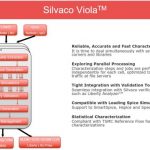
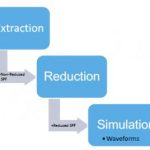
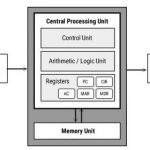
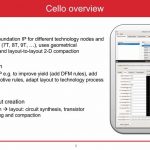
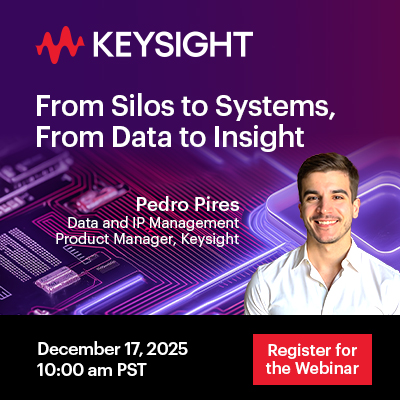





Jensen Huang Drops Donald Trump Truth Bomb on Joe Rogan Podcast